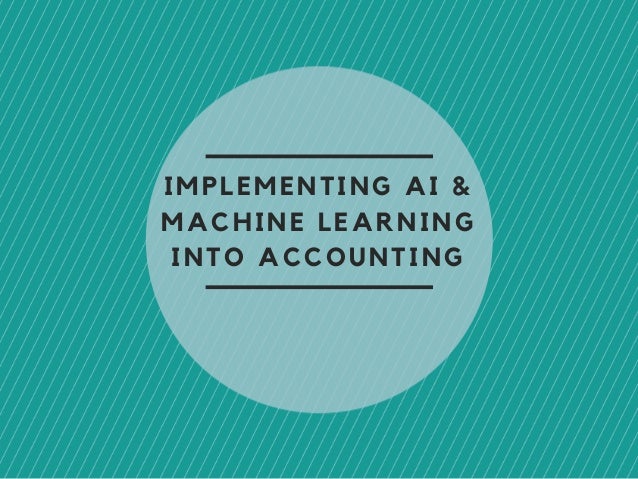The progressive migration of financial reporting from the cost basis to fair values has created the need for a wide range of estimates to be included into the process. These values are in general clearly an improvement on obsolete cost based measurements but also create the possibility of self-serving manipulation of critical financial information. This study shows that critical estimates in one particular industry are quite weak and finds that the usage of a set of different algorithms including the ones used in machine learning to predict estimates produces far superior results.
Fonte: Ding, Kexing and Lev, Baruch Itamar and Peng, Xuan and Sun, Ting and Vasarhelyi, Miklos A., On Creating Accounting Estimates using Machine Learning (September 21, 2018). Available at SSRN: https://ssrn.com/abstract=3253220 or http://dx.doi.org/10.2139/ssrn.3253220
[...]
To prove this I teamed up with a great group of ML experts at Rutgers University (Miklos Vasarhelyi, Kexing Ding, Xuan Peng, and Ting Sun). In the first research on the use of ML in accounting, we focus on property & casualty insurance companies. The reason: a major cost item of these companies is the “future loss estimate.” Explanation: For insurance policies written (earned) in a given year, the major cost item are the payments made on insurance claims (car accidents, home damage, etc.). But that’s not the end of the story. People can, and often do claim damages years later, like long-term effects of concussions. So, in addition to claims paid during the insured year, there will be claims to be paid in the future years (“insurance long tails”). Thus, a proper measurement of insurance companies’ earnings requires accounting for both claims paid during the year, and an estimate of future claims― “future loss estimates.” These are generally large estimates having a material effect on insurance companies’ reported earnings. We focus on these estimates in our ML research.
In essence, we conducted a horse-race between managers’ annual loss estimates and the ML predictions of future claims, both compared to the actual claims paid over the subsequent 10 years. Humans, with all their frailties (manipulation) vs. machines, like former world chess champion Gary Kasparov playing against a computer.
[...]
By using ML, you can cut managers’ errors by more than a third! And this is just our initial run of ML predictions. Improvements are coming. (The third row in the table show the impact of one of our predictors―top management compensation. Without this key variable, the average error improvement decreases by 5-10%. Second vs. third rows).
Summarizing, this is the first demonstration of the use of Machine Learning in improving the quality and reliability of financial information. In addition to insurance companies’ loss estimates, ML can be applied to a wide range of managerial accounting estimates, like the bad debt reserve, future payments on warranties, pension estimates, etc., etc. Very promising indeed, leading me to the final figure:





Nenhum comentário:
Postar um comentário